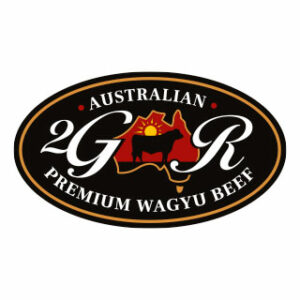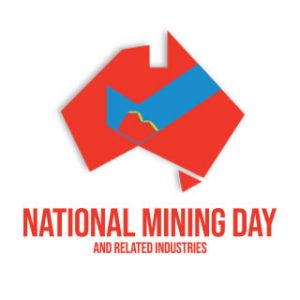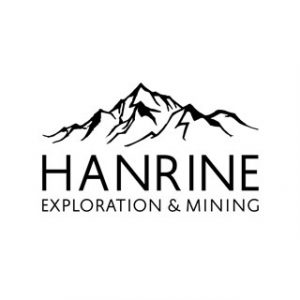
Article by Dylan Brown, courtesy of Australian Mining.

Hancock Prospecting has scaled back its proposed Mulga Downs iron ore mine in the Pilbara, reducing annual production from 20 million tonnes (Mt) to 12Mt after reducing the project’s footprint.
Documents released by Western Australia’s Environmental Protection Authority (EPA) show several changes to the project.
The overall development envelope has been reduced by 32 per cent to 16,848 hectares, while the disturbance footprint has been cut by 48 per cent to 4,339 hectares.
These changes include the removal of two proposed mining pits – Anticline South and Horseshoe South – along with plans to remove the wet processing facility and tailings storage facility.
Consequently, this will lead to groundwater usage falling from 36.5 gigalitres per annum (GL/a) to 12 GL/a.
The EPA noted that the proposed changes are likely to have several positive effects, including reducing impacts to flora and vegetation, terrestrial fauna species and habitat.
They are also likely to reduce direct impacts to Aboriginal cultural heritage as the development area no longer intersects with the site known as Mungurrdu.
In addition, the changes are expected to reduce greenhouse gas emissions and lower the project’s impact on inland waters.
The project update comes as Hancock Prospecting, and its executive chairman Gina Rinehart, said the approval process is slow for mining projects.
Last month, the company said it took three-and-a-half years to gain the final environmental approval needed from the Federal Government for its McPhee Creek iron ore mine.
Hancock chief executive officer projects Sanjiv Manchanda said McPhee Creek had a small footprint with an annual production of 10Mt and will use existing processing, rail and port infrastructure.
“Yet (it) was referred for a long approval process in early 2021 and has experienced a multitude of challenges from changes to heritage legislation, and changes to federal environment guidelines,” he said.
Despite these challenges, Hancock continues to develop several projects in Western Australia, including the Ridley magnetite project and a joint venture with Mineral Resources to develop a shipping berth at Southwest Creek.
The two groups signed an agreement to pursue the opportunity three years ago, and their joint venture was awarded a new capacity allocation in 2022.















